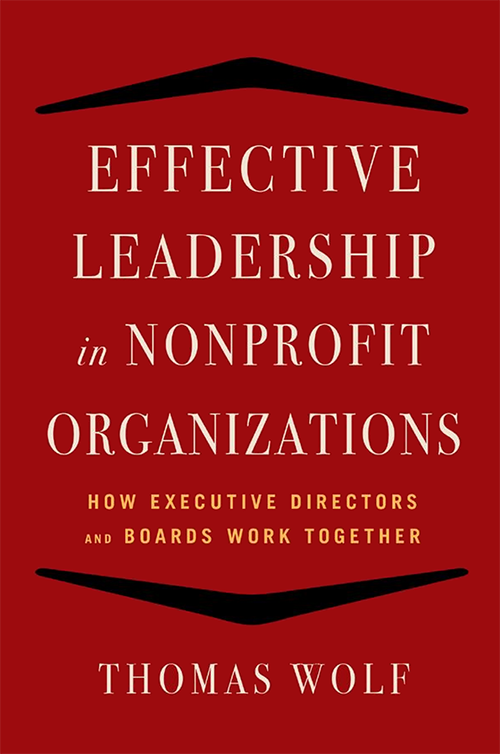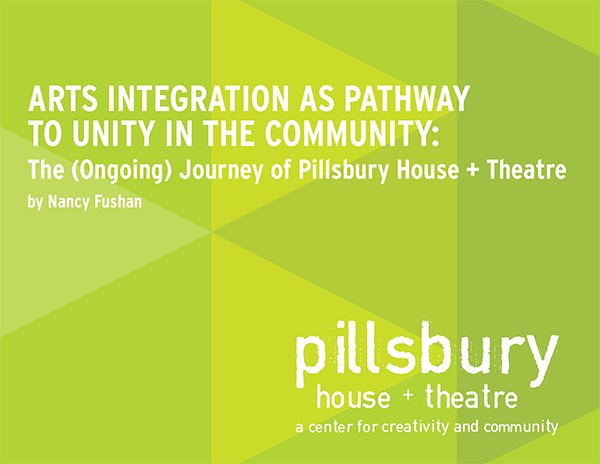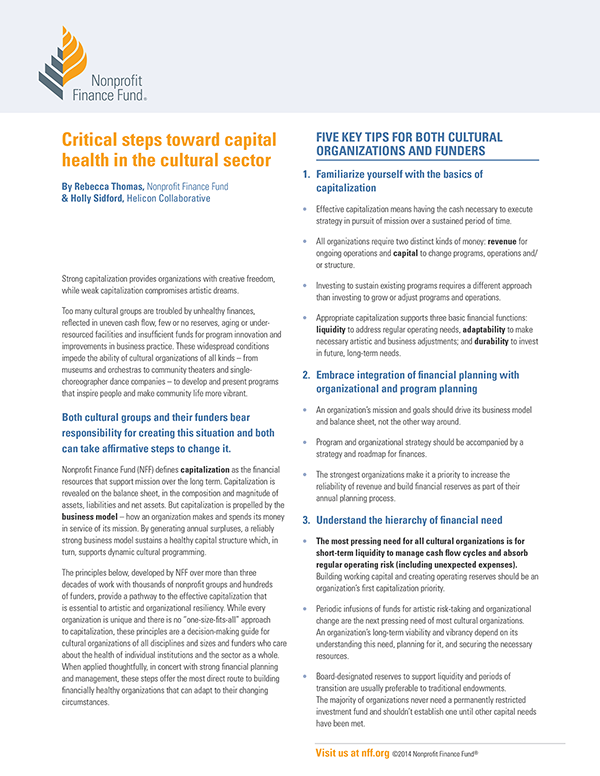501(c)(3) non profit grantmaker
501(c)(3) non profit grantmaker
The woman on the phone was friendly but insistent. “Look,” she said, “more and more artists and arts organizations are taking on cross-sector community-based work. But this is a complex gig, and, unfortunately, many of them are in over their heads.” It was a blunt assessment, but I knew she was right. “Yeah, I’m seeing the same thing out in the field. So, what do you think is needed?” Her response? … One word: “Training!”
Read More...In 1980, when I was living in New York City, I had a conversation with a man who at one time was general manager of Lincoln Center. We debated, rather heatedly, his premise that the National Endowment for the Arts should give money only to states that produce “good” art — in other words, New York. (He wasn’t sure other states should get any funding at all.) He believed the federal government should give funds to South Dakota, my home state, for what it does well — grow corn and beef.
Read More...Nancy Fushan, June 2014, 52 pages, Pillsbury House + Theatre
Read More...
Thomas Wolf. 2014, 192 pages, Allworth Press, New York
The delicate board-executive relationship requires earnest attention and nurturance. In Effective Leadership, Wolf presents dozens of illuminating case studies and reflective questions to help nonprofit organizations examine how their own leadership models and practices contribute, or not, to their overall effectiveness and success.
Read More...Marco Sanchez was in the third grade in 2010 when the San Diego Youth Symphony and Conservatory (SDYS) launched the Community Opus Project in Chula Vista Elementary School District (CVESD). Participating in the after-school El Sistema–inspired music program, Marco went home from his Community Opus sessions two days a week and taught his younger brother Rodrigo what he was learning in class. This was not unusual for a Community Opus student, who has been immersed in a program that encourages peer teaching as a cornerstone of its pedagogy.
Read More...Download:
![]() Critical Steps Toward Capital Health in the Cultural Sector (61 Kb)
Critical Steps Toward Capital Health in the Cultural Sector (61 Kb)
At the GIA 2012 Conference in Miami, the Individual Artists Support Committee hosted a breakfast roundtable conversation to ask funders what they would like our committee to work on throughout the year.
One of the suggestions that rose to the top of the list at that roundtable was that we work to develop a set of resources representing a variety of models of artist awards/grants selection processes. We thought this was a terrific idea, and we quickly organized a subcommittee of diverse funders to create documents that offer a behind-the-scenes look at how our programs work.
Read More...Download:
![]() Building a Resilient Sector (9.2Mb)
Building a Resilient Sector (9.2Mb)
Grantmakers in the Arts began work on capitalization in 2010. Ever since then we’ve debated not using the word “capitalization,” but it has prevailed. In our work, the term is synonymous with financial health and the resources needed to meet an organization’s mission. In 2010, GIA published recommendations for grantmakers regarding actions they could take that would improve the undercapitalized nature of the nonprofit arts sector.
Read More...I am currently writing an essay for a university art gallery exhibition catalog about how the early nineteenth-century invention of photography marked a change in art and spiritual consciousness; and thus dwelling on the postindustrial trajectories of art and science. I have so many extra notions that I created this separate cloud of thought. Apologies if this musing seems too general. I present it here to excite dialogue and receive feedback through the GIA Reader.
Read More...

